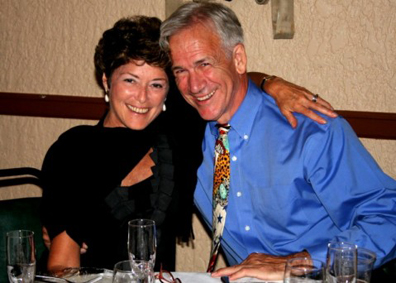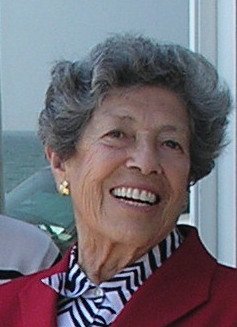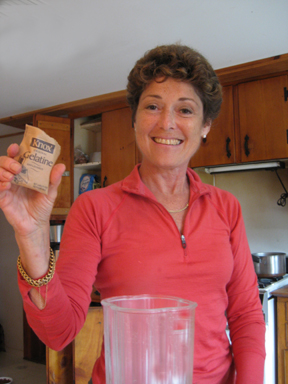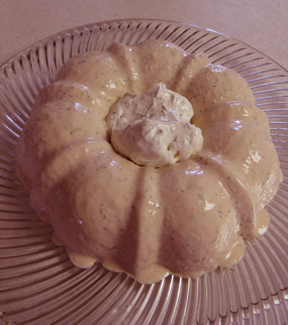
Most people use maple syrup as a condiment rather than an ingredient. Here is a recipe for something on which you pour the syrup.
Betsy Kovacs babysat for me when I was little—and I in turn babysat for her children as a teenager. The pattern would probably have continued forever if I had had kids when I was in my twenties. As it is, we are still friends, and I appreciate her adorable children (and now grandchildren!) as much as ever. Disconcertingly, Betsy looks almost EXACTLY the way she did when she was babysitting for me (maybe even a little younger and cuter).
Betsy calls this dish French toast. I have rechristened it breakfast bread pudding because (a) it is one, sort of, and (b) I see pudding everywhere. (Yankee magazine did, after all, dub me the Queen of Pudding!)
Betsy’s rich concoction has a couple of advantages over conventional French toast. First, it is ready to eat all at once so you avoid the awkwardness of batches. Second, the prep work can be done the evening before you bake the pudding so it’s a handy thing to serve brunch guests.
Betsy usually makes a big batch of this for entertaining. She uses a whole loaf of bread (usually challah) and fills two large quiche pans. I was cooking for two so I made a tiny batch. This involved 2 to 3 slices of bread, 1 to 2 eggs, and slightly less than 1 cup of liquid. I had no challah so I used a dense homemade white bread.
I have left quantities vague as she did so that you can make as much or as little as you like. Betsy tells me that her version is usually a little browner and crispier than mine (I was a bit paranoid about burning the thing!) so feel free to leave it in the oven a little longer.

Betsy and her Jack
Ingredients:
a “tight” bread like challah, at least a couple of days old
unsalted butter as needed
eggs (4 to 6 for a whole loaf, depending on how eggy you like things: I say go eggy!)
enough milk or cream or a mixture to cover the bread (I used a mixture, with more milk than cream)
cinnamon to taste (I used 1/2 teaspoon for my small dish)
sugar (2 tablespoons for a whole loaf of bread; I used 1/2 tablespoon)
freshly grated nutmeg to taste (I used 1/4 teaspoon for my small dish)
Instructions:
Butter your baking dish or dishes. Slice the bread. Butter it on one side, and place it butter side down in the baking dish. Break up the bread as needed so that the bottom of the dish is covered.
Butter the side of the bread that is now facing up. In a bowl whisk together the eggs, milk and/or cream, cinnamon, and sugar. Pour this combination over the bread. Add a little more milk and/or cream as needed to make sure the custard goes just under (or just to) the top of the bread. Do not go over the bread as this will make the pudding erupt in the oven.
Grate the nutmeg over the top of the pudding. Cover it with plastic wrap and refrigerate it for at least an hour and up to overnight. The bread should absorb all (or almost all) of the custard.
When you are almost ready to bake the pudding, preheat the oven to 425 degrees. Bake for 20 minutes or more until the top of the pudding turns golden brown. The custard will puff up but deflate after it hits the table. Serve with lots of maple syrup. A large batch (2 pans) serves 8 to 10. My tiny batch served 2 to 3.
Betsy says that leftover pudding may be wrapped in plastic wrap after cooling, then frozen and reheated in the oven at a future date (sans plastic wrap, of course).







